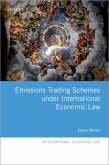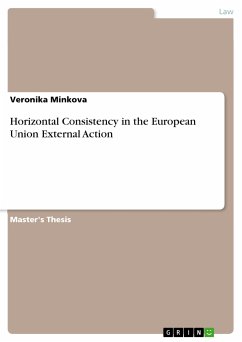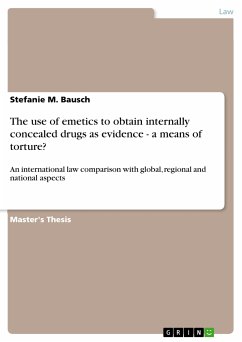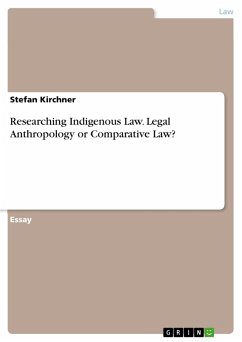Essay from the year 2011 in the subject Law - European and International Law, Intellectual Properties, grade: 1,7, University of Reading, language: English, abstract: Directive 2003/87/EC established a scheme for greenhouse gas (GHG) emission allowance trading within the Community which is in compliance with the overall commitment entered into by the European Community and its Member States under the Kyoto Protocol. It aims at reducing total emissions of GHG by at least 5% of the level of emissions in 1990, during the period 2008-12. The EU Emissions Trading Scheme (EU ETS) is based on the recognition that creating a price for carbon emissions is the most cost-effective way to achieve the deep reductions in global GHG emissions that are needed to prevent climate change from reaching dangerous levels. The first section of the present essay outlines the problem of climate change and how the international legal framework addresses it. In the second section, the cap-and-trade system is discussed as a flexible mechanism for climate protection. The next section identifies three theoretic models of the ETS: Economic Efficiency, Private Property Rights and Command-and-Control models. The fifth section outlines the EU ETS and discusses its main components. Finally, in the last section a critical analysis of the EU ETS is presented in terms of three main criticisms: target achievement, perverse incentives and economization of an ecological problem.
Dieser Download kann aus rechtlichen Gründen nur mit Rechnungsadresse in A, B, BG, CY, CZ, D, DK, EW, E, FIN, F, GR, HR, H, IRL, I, LT, L, LR, M, NL, PL, P, R, S, SLO, SK ausgeliefert werden.









